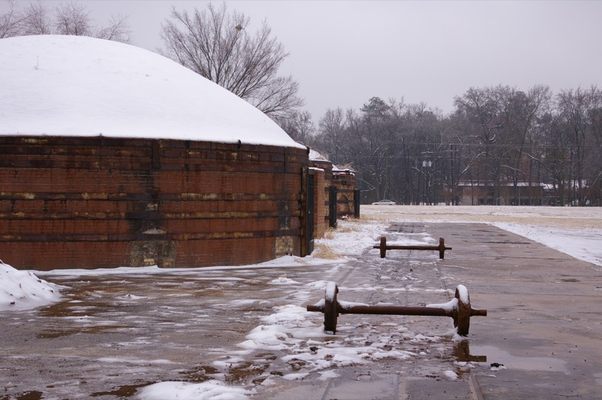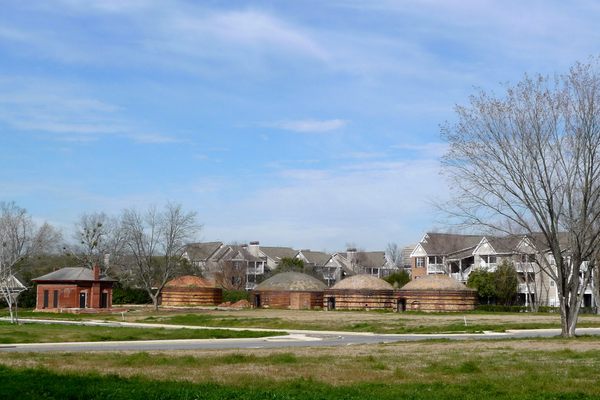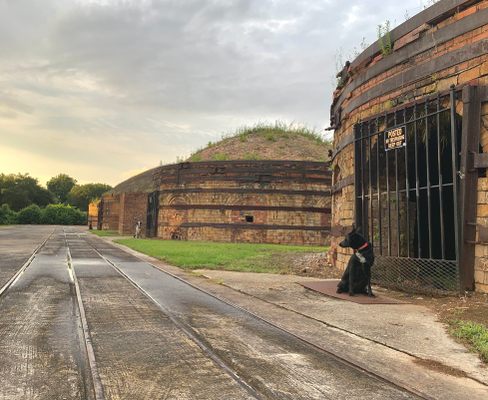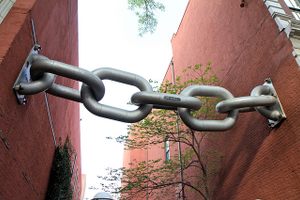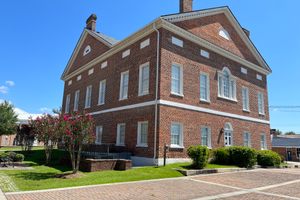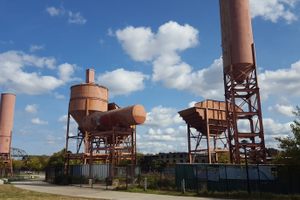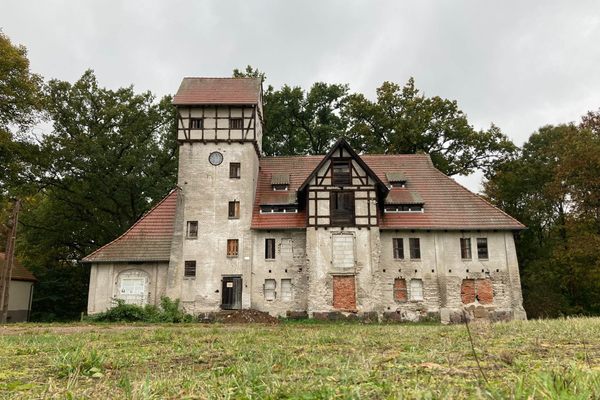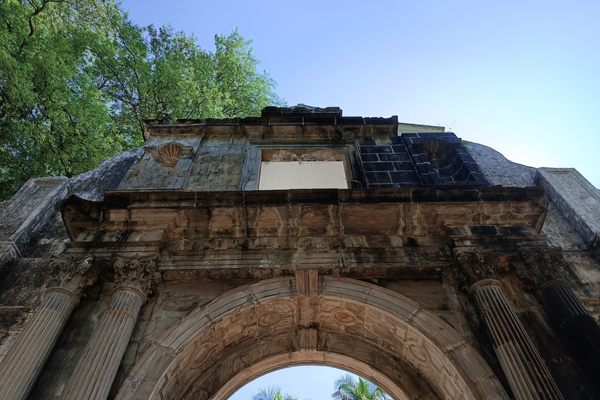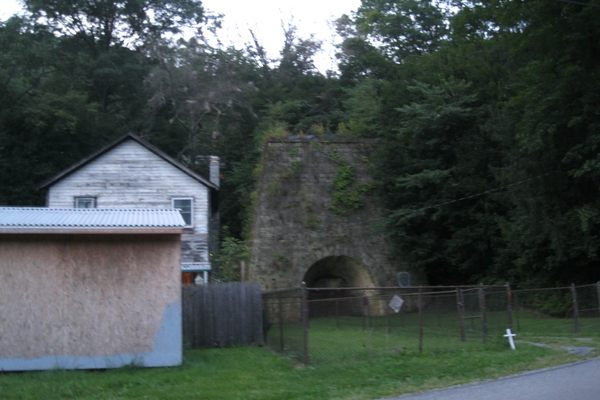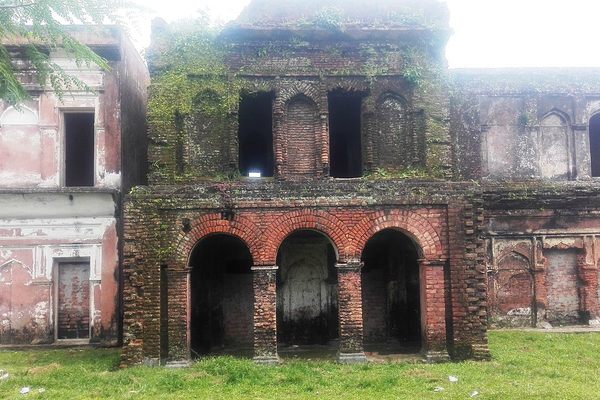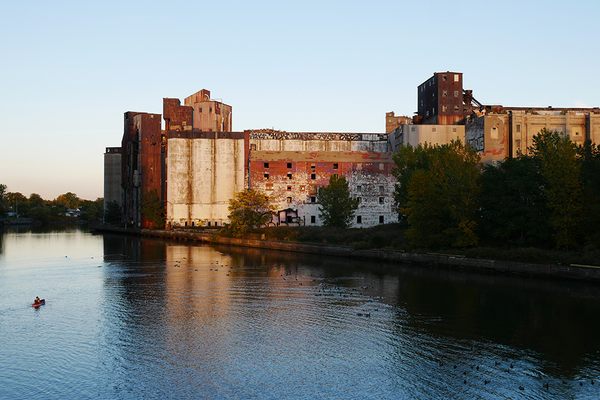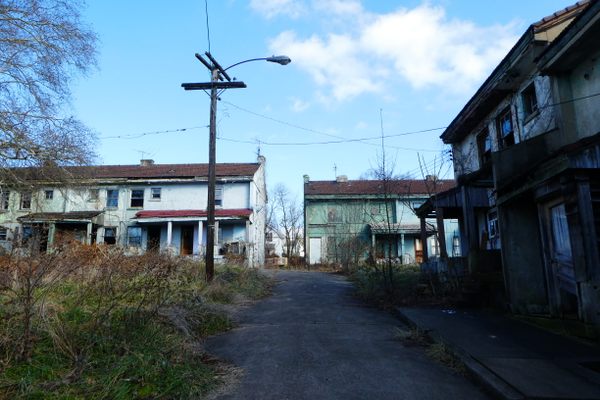About
By the banks of the Congaree River in Columbia, South Carolina, four squat brick kilns sit in a neat row on an unfenced, open lot. Wrapped in rusted metal bands, with patches of moss and wild grass emerging from their domed roofs, it’s evident their days of function are long gone—a point further underlined by the shiny new apartment complex next door. When it comes to urban development, however, these kilns have actually overpaid their dues: they’re all that remains of a 19th-century brick-making empire responsible for much of the state’s early urban development.
Guignard Brick Works is a historic industrial site that pays homage to one of the longest-operating brick companies in U.S. history. While their bricks can still be seen in prominent buildings across the South, this free, public historic complex offers visitors a rare opportunity to see how the bricks themselves were made in the early industrial South.
Hauling silt from the banks of the nearby river, James Guignard (1780–1856) first fired bricks on this site in 1801, on land that was previously his father’s plantation. By the mid-1800s, James and his son began producing bricks commercially. After a brief pause during the Civil War, the Guignards continued apace, such that by the 1890s, the family-owned business was producing some 2 million bricks annually.
The Guignards’ firing process employed ‘beehive’ downdraft kilns. Unlike updraft kilns, in which heat is simply introduced through the bottom of the kiln and exhausted through the top, downdraft kilns introduce and exhaust heat from the bottom of the kiln. With the help of domed roofs, the air circulates throughout the enclosure, evenly hardening each raw brick. To prevent the kilns from exploding at extreme temperatures, the kilns were wrapped in thick metal bands, though this may not have been an entirely fool-proof solution: three of the remaining kilns are from 1920, with the fourth built in the 1930s, “to replace one that burned in 1932,” reads the historical plaque.
The company took a brief pause again during World War I, then continued brick-making into the 1970s when a lack of available silt in the long-abundant Congaree forced them to move operations to Lexington, South Carolina. With bricks still present in the interior of the South Carolina Statehouse and historic factories like nearby Olympia and Capitol City Mills, Guignard Brick Works has much to show for over 180 years of near-continuous operation.
The defunct complex today consists of four kilns, a brick-made office building, and remnants of a rail line that carried silt to and from the Congaree River. Perhaps ironically—if the encroaching condos are any indication—the only factor threatening these historic kilns other than the ravages of time may now be further urban development itself.
Related Tags
Community Contributors
Added By
Published
February 24, 2022

